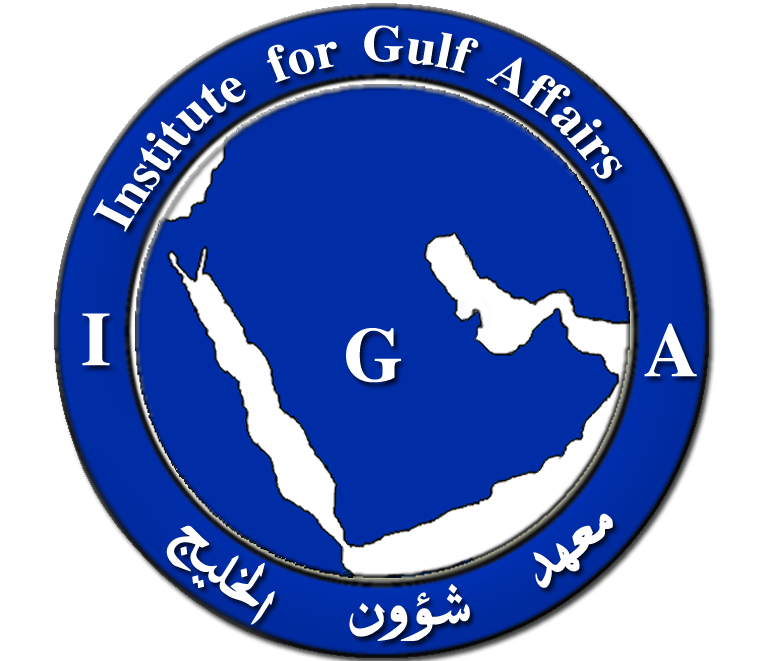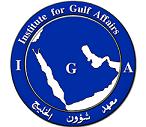Neighbors Follow Saudi Arabia’s Lead in Energy Initiative
As reported last month, three Gulf states; Kuwait, Qatar and Oman; are expected to shortly sign up to the World Bank’s Global Gas Flaring Reduction (GGFR) program. The GGFR partnership, launched in 2002, brings together governments of oil-producing nations with state-owned and private energy companies, with the intention of sharing best practices and implementing country-specific gas flaring reduction programs.
Gas flaring starts with oil extraction. So-called “associated gas” that is yielded through the crude oil extraction process is simply combusted, owing to a lack of infrastructure to utilize that gas for power generation or other purposes. An estimated 5.3 trillion cubic feet (tcf) of gas is flared annually, representing 350 million tons of carbon-dioxide emissions. The implications for climate change are clear. Besides the environmental impact, gas flaring represents a tremendous amount of wasted energy. For example, Africa flares 1.4 tcf of gas annually, which is energy-equivalent to half the continent’s annual power consumption.
Middle Eastern nations represent 15% of global gas flaring output. Kuwait and Qatar, both OPEC members and leading hydrocarbon reserve holders, are among the top twenty flare producers. The region’s key oil exporter, Saudi Arabia, has demonstrated that adopting a proactive gas flare-reduction policy brings not only environmental and health benefits, but is also incentivized by economics. As of the early 1980s, Saudi Arabia was flaring approximately 1.3 tcf of natural gas annually. However, by 2004, that figure dramatically fell to 4.2 billion cu. ft. The country’s energy infrastructure was re-tooled so as to use the associated gas towards the creation of a petrochemicals industry. As a result, Saudi Arabia is now one of the largest producers of urea in the world.
Associated gas can be used not only as feedstock for petrochemicals purposes, but also for electricity generation, and for re-injection into oil reserves to boost crude output. The decision by Saudi Arabia’s smaller neighbors to follow its lead in gas-flare reduction is one that will no doubt bring similar benefits.
Saket Vemprala is an Energy Analyst at the Institute for Gulf Affairs.


Comments are closed.